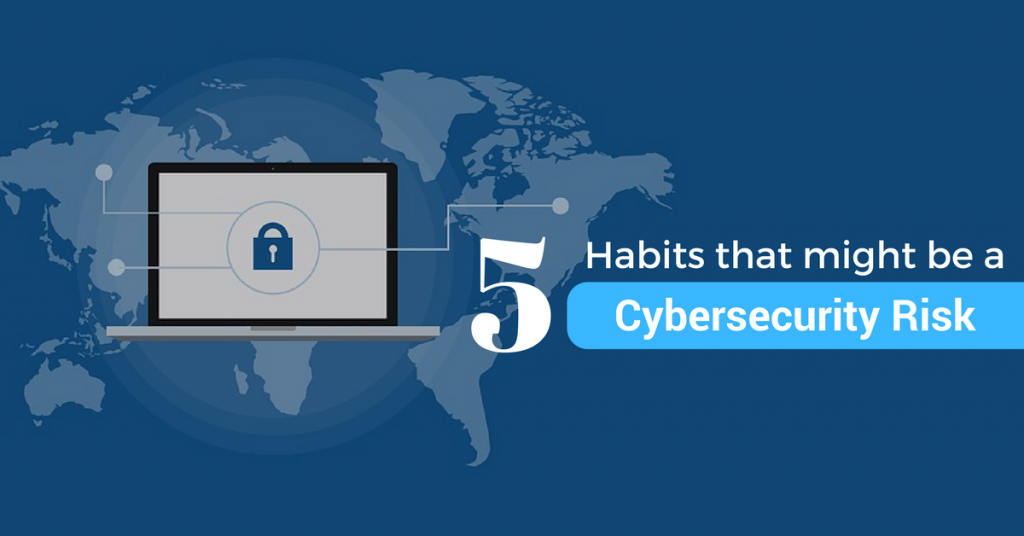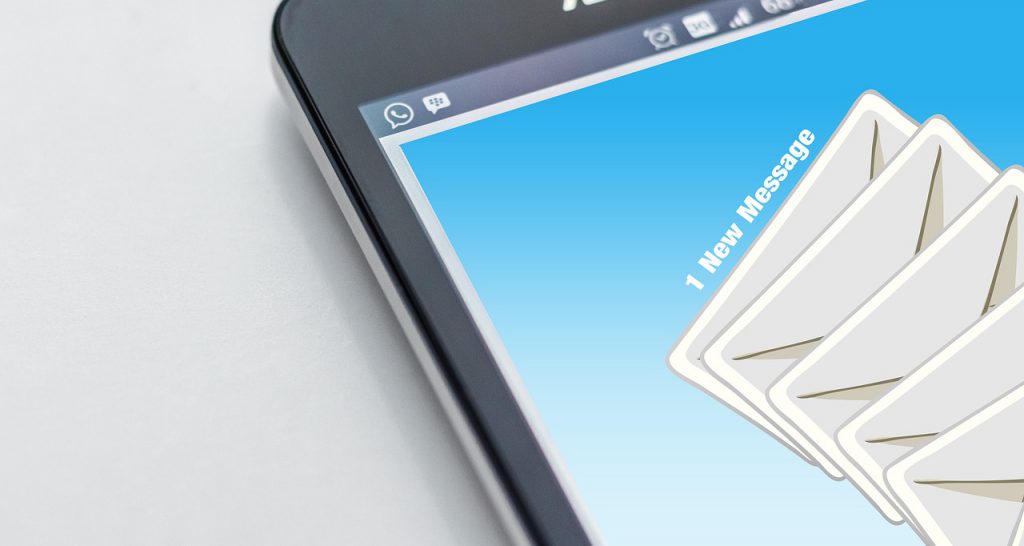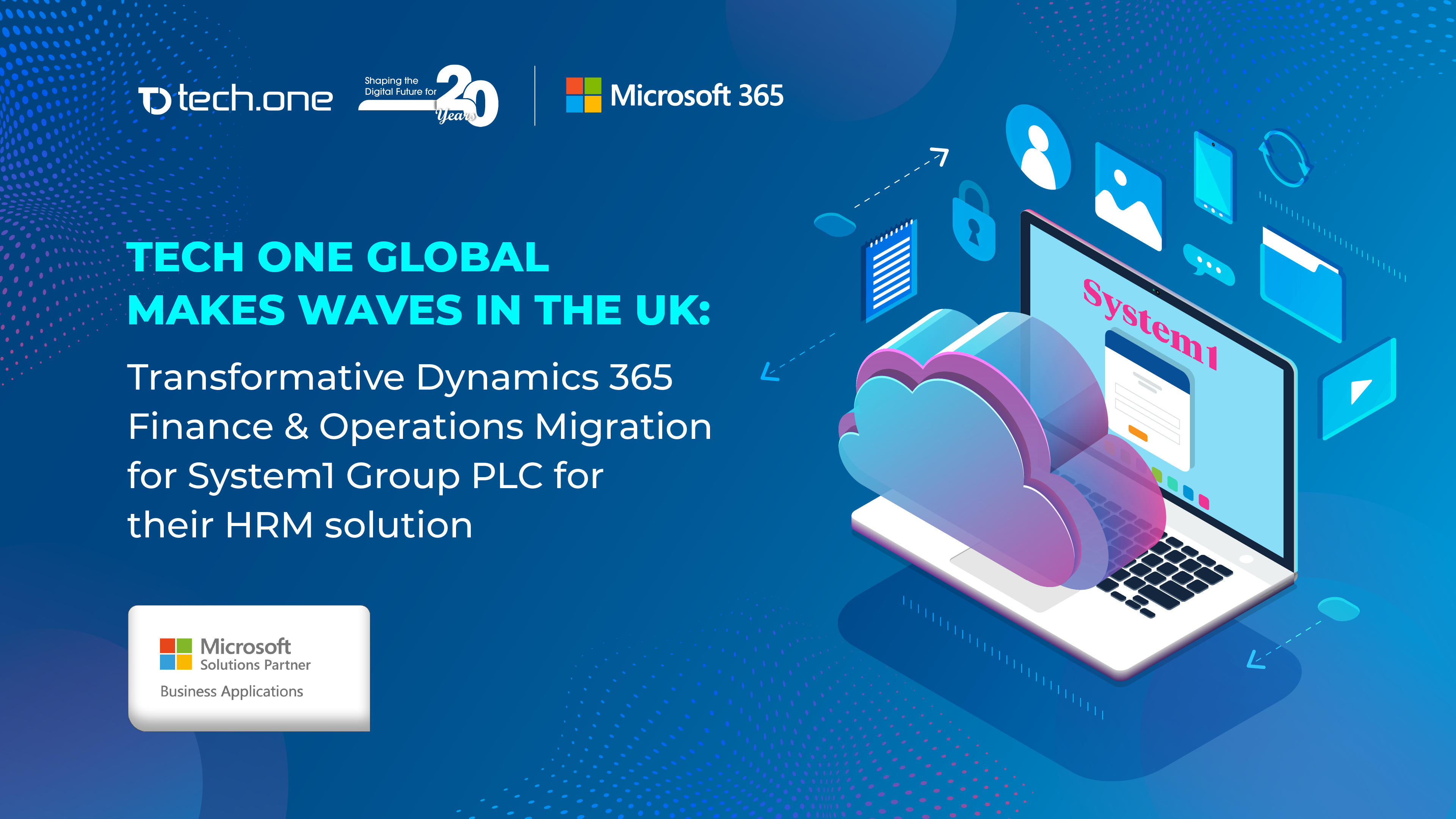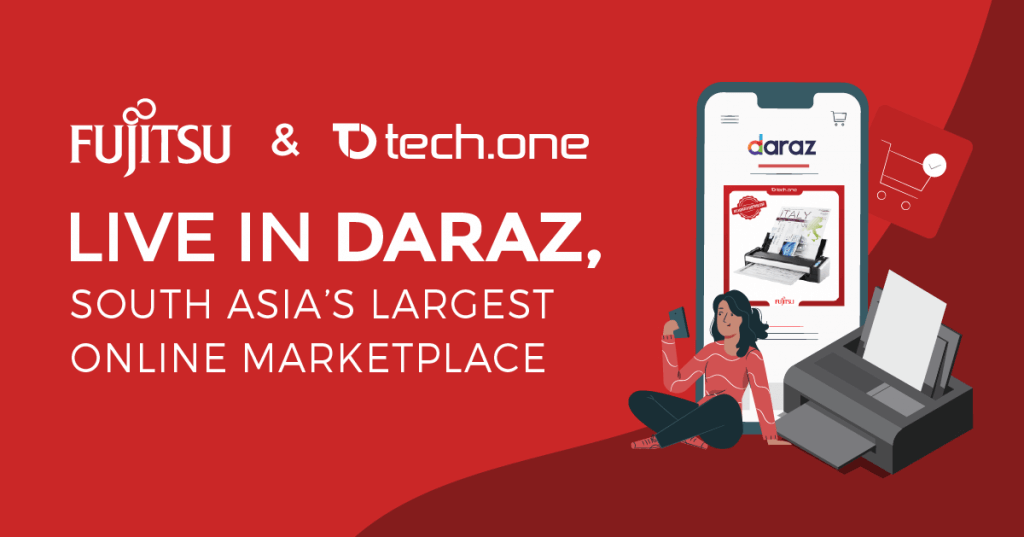
One part of a strong cybersecurity structure are the digital habits of your company’s employees: how they surf, which sites they go to, what files they download, and what transactions they do are all potential entry points for cybercrime. With that in mind, here are five common habits you do in the office that might be potential risks.
1. Email

You can’t escape emails. Almost everything you do for every project you can think of involves emails. According to Statista, the number of e-mail users worldwide is forecasted to rise to 2.9 billion users by 2019, which makes it enticing for cyber criminals as a target.
It’s where you send and receive your newsletters, promos, files, important announcements, and even the company’s most confidential plans. It’s also one of your contact details you spread the most on business meetings or just regular get-togethers. With that in mind, it comes as no surprise that emails are on the most common entry points for cyber risks.
There are many malwares and viruses that devastated the internet using emails. The infamous “I love you” virus and the recent WannaCry that devastated approximately 300,000 enterprises are notable mentions. Thankfully, we have secured email services like Outlook that backs up most companies today. Microsoft’s world-class security ensures that all files and emails are well tracked and secured.
2. Suspicious Ads

We all know them by now: ads that look too good to be true. Headlines like “get a free car if you click this link” permeate a large portion of the internet. It’s already common sense by now to stay away from these suspicious ads. However, given how many they are, all it takes is for one mistaken click to activate them… and it rarely ends with a free car.
Some malicious ads redirect to phishing websites where hackers try to get your personal information in exchange of “something good.” They will ask you to fill up forms or download programs in exchange for what they are offering. From there it’s smooth sailing: attacks can range from simple DDOS attacks to large-scale disruptions.
Just remember the golden rule: if it’s too good to be true, it’s a scam.
3. Downloads

If it can be digitized, it’s in the internet. Downloading files from any website became easier through time with internet speed getting faster and storage becoming bigger. Sure, it’s convenient, but this also means more entry points for hackers and cyber criminals to penetrate your computer.
Most of them lurk on sites and platforms that cater to illegal downloading. The best way to avoid getting targeted is to avoid any form of illegal downloading. Only download apps and files from trusted platforms. It not only helps the industry but it also makes sure that your unit is safe and secured.
4. Outdated Software

The regular person deals with so many tools everyday: Outlook for emails, Skype for Business for collaboration, Power BI, music streaming, and a lot more. This makes regular updating an arduous task with constant pop-ups and notifications from all sorts of programs. They get so annoying to the regular person that some just skip them.
Don’t.
Regular updates are the first line of defense against cyber threats. This gave threats like WannaCry and other ransomwares more ground to move around. Don’t skip that Windows Update and always allow automate it because a few moments of installation is your defense against a lifetime of headaches. You won’t even have to pay for them: Microsoft rolls out regular updates across all of its platforms for free.
5. Social Media

Everyone is on social media. It’s where we get the latest news and insights from our friends and colleagues. With its open nature, it’s no surprise that cyber threats also found their way in. Harmless messages from strangers, offers that sound too good to be true in exchange of your credentials, catchy headlines redirecting to data-mining schemes or just plain old scammers: there’s literally no safe place in the internet.
A little bit of care from the user side always means a lot in terms of keeping your social media experience safe. Why not take it a bit further? If you use social media for collaboration (Free Skype or Facebook), why not opt for Microsoft collaboration tools? Microsoft Teams and SharePoint even allow real-time collaboration for your on-the-go editing needs. Office 365 even gives you free apps to try on a regular basis, each of them a hundred steps further in terms of security compared to any social media platform.
Bad digital habits are one of the most common reasons for breaches and risks. Minimize them either through proper training or opting for safe tools. Office 365 prides itself as the total package of enterprise solutions and this includes the security that you might need to face today’s sophisticated threats.
For more about Tech One Global and Microsoft Solutions, just click here.







